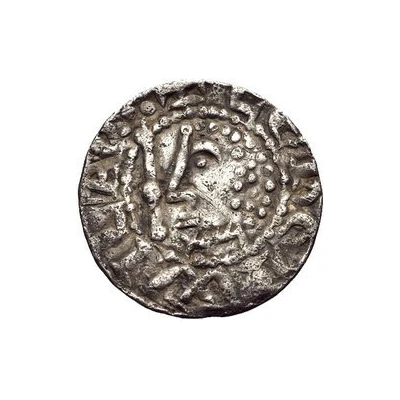


© Classical Numismatic Group, Inc.
1 Penny - William I Phase B ND
| Silver | - | 18 mm |
| Issuer | Scotland (United Kingdom, British Overseas Territories and Crown Dependencies) |
|---|---|
| King | William I (1165-1214) |
| Type | Standard circulation coin |
| Years | 1205-1230 |
| Value | 1 Penny (1⁄240) |
| Currency | Pound Scots (1136-1707) |
| Composition | Silver |
| Diameter | 18 mm |
| Shape | Round (irregular) |
| Technique | Hammered |
| Orientation | Variable alignment ↺ |
| Demonetized | Yes |
| Updated | 2024-10-08 |
| Numista | N#89703 |
|---|---|
| Rarity index | 92% |
Reverse
Voided short cross with a star in each quarter.
Lettering: HVE WALTER
Translation: Hugh Walter
Comment
A wide range of varieties of this coin exist. See the following examples:© Image courtesy of Classical Numismatic Group, Inc.
© Image courtesy of Classical Numismatic Group, Inc.
© Image courtesy of Noble Numismatics Pty Ltd
These coins were commonly cut into halves and quarters to create halfpennies and farthings. The following is an example of a cut halfpenny:
© John Conduitt (CC BY-SA)
These coins were jointly produced by moneyers Hugh of the Edinburgh mint and Walter of the Perth mint. It is thereby likely that they were struck by the Edinburgh and Perth mints, but it is impossible to determine for certain which of these two mints a particular coin was struck at.
Phase B coins were minted into the reign of Alexander II.
Interesting fact
The 1 Penny coin from Scotland, featuring William I (Phase B), was made of silver during a time when most coins were made of base metals. This was due to the scarcity of base metals in Scotland at the time, and the use of silver was seen as a way to maintain the value of the coin despite the limited resources available. This decision to use silver was a significant departure from the norm and speaks to the resourcefulness and adaptability of the Scottish people during this period.



